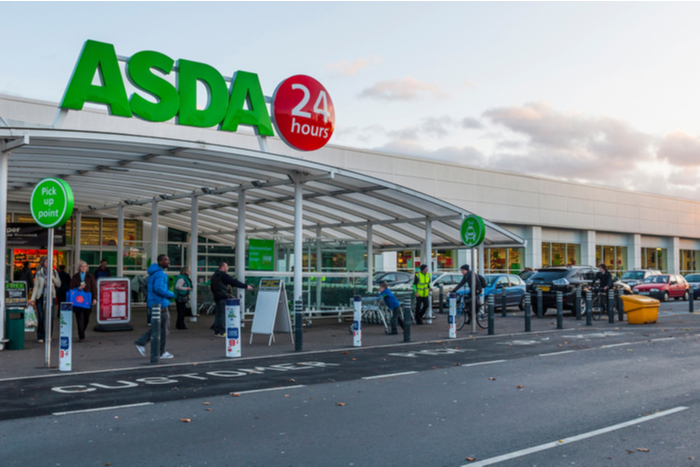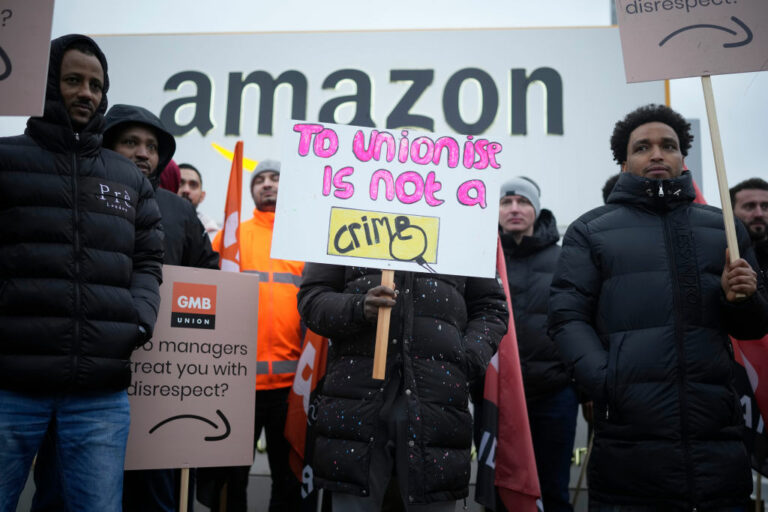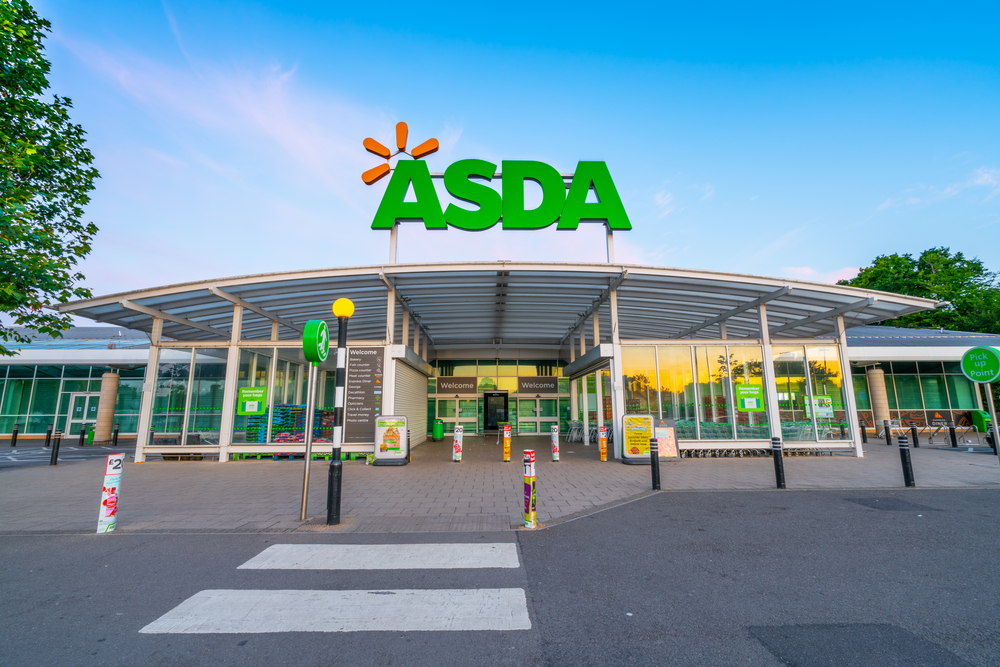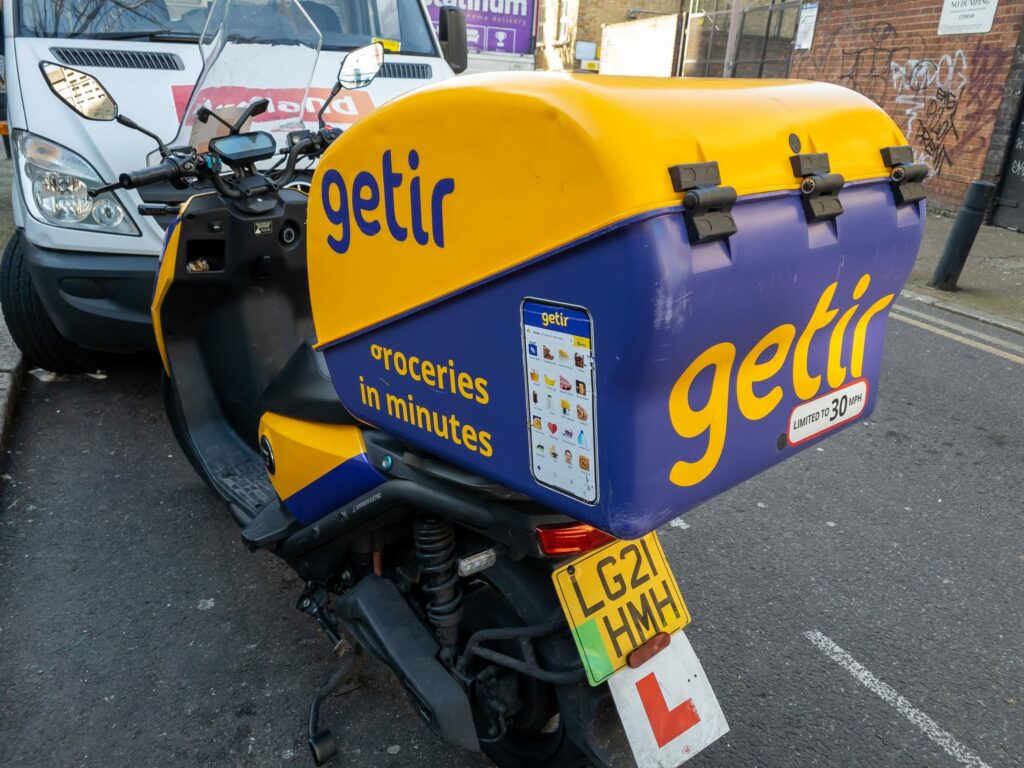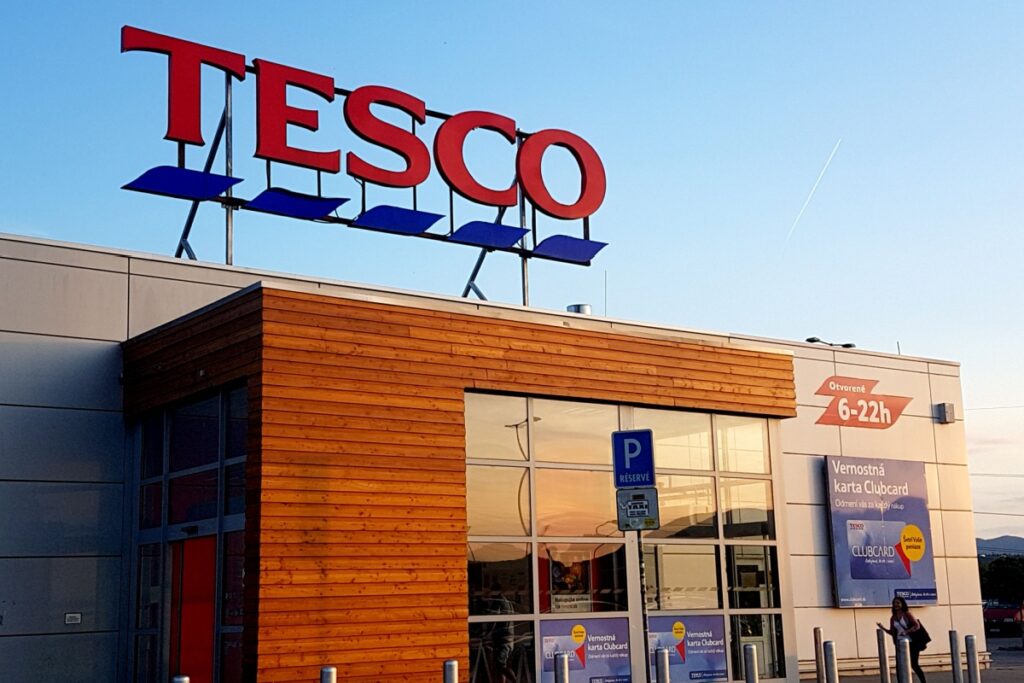Over the past few years, major supermarkets have reduced their trading hours as consumers adapted to the simplicity of online shopping.
Amidst the huge shift to online shopping last year thanks to the Covid-19 pandemic, the market of supermarkets reached its peak in 2020, at £205 billion, according to comparison website Finder. This means the average Brit spent £3020 on their supermarket shopping last year.
As grocers benefited from the closures of non-essential stores during lockdowns and tiered restrictions, many of them ventured into ecommerce. Although some had online deliveries on offer prior to the pandemic, many worked on improving their digital offerings, whether it’s click-and-collect or a one-hour delivery slot.
Tesco recently announced it was launching a new rapid delivery service, Whoosh, which will allow the supermarket chain to deliver groceries to customers within an hour. The Big 4 giant had seen soaring online growth during the pandemic but had, up until now, refrained from following rivals into the on-demand grocery space.
“Customers are telling us that they would welcome the addition of a 60-minute delivery to their door option as part of our online grocery service,” Tesco online managing director Chris Poad said.

Sainsbury’s operates its own Chop Chop rapid delivery business, as well as services through Deliveroo and Uber Eats.
Meanwhile, Waitrose recently scrapped its own Zoom rapid delivery business in favour of expanding its tie-up with Deliveroo.
Other major grocers, including Morrisons, Aldi and the Co-op, also use delivery operators such as Deliveroo and Uber Eats to reach customers.
As consumers adapted to digital, it appears as though grocers are shifting increasingly following suit by reducing store opening hours and instead investing in ecommerce.
Last year, Tesco reduced the opening hours of hundreds of its 24-hour stores. The move took place during the pandemic with bosses deciding to close all 24-hour stores at 10pm. Currently, just nine of Tesco’s 173 largest stores trade for 24 hours, compared with almost 350 immediately before the pandemic. A further 33 Express convenience stores, which are not used for picking online orders, also open 24 hours.
Meanwhile, Asda has also cut the number of stores for 24-hour opening from 200 to 106 since the start of the pandemic. On the other hand, fellow Big 4 grocer Morrisons announced an expansion of its online operations at the peak of Covid-19 last year – indicating a domino effect across the supermarket industry.
“There will always be shoppers for whom a 24-hour offering is desired and utilised”
According to data service provider ScrapeHero, there are over 12,704 supermarket stores in the UK as of October 2020. Currently, Tesco and Asda are the main ones that have stores open for 24 hours.
Prior to Covid-19, the reduction in 24-hour operation was already under way with Tesco scaling back hours at more than 70 stores in 2016.
In 2018, Sainsbury’s in Lincoln axed its 24 hour shopping by cutting its opening hours by 40 hour a week. Sainsbury’s currently has a “very small number of filling stations” operating 24 hours along with a couple of city-centre convenience stores.
Tesco became the first supermarket to open stores for 24 hours outside of the peak Christmas period in 1997. Its Tesco Express, Tesco Extra and Tesco Metro stores currently stay open until 12am, while superstores shut at 10pm.
UK trading hour laws allow shops over 3013sq ft in England and Wales to trade only between 10am and 6pm on Sundays. Sainsbury’s, Morrisons, Waitrose, M&S are open until 10pm during other days of the week.
Morrisons has never opened stores for 24 hours, nor have Waitrose or Lidl and Aldi.
According to online news and information portal Expatica, there are six different hypermarkets in the UK.
A hypermarket is a retail store that combines a department store and a grocery supermarket. Often a very large establishment, hypermarkets offer a wide variety of products such as appliances, clothing, and groceries.
Hypermarkets differ from supermarkets due to their size, range and services. Typically, UK hypermarkets are over 50,000sq ft, offering close to the grocer’s entire range.

However, what differentiates them from supermarkets and convenience stores is the in-store or on-site third-party retailers and service offerings.
Former Tesco chief executive Dave Lewis told the FT Future Forum that large hypermarkets “sell very little during the night” and that closing them at midnight did not have a big financial impact.
Melissa Minkow, retail industry lead at digital consultancy CI&T, compared UK hypermarkets and US hypermarkets. She found that although hypermarkets in the UK sold all types of products, they still tend to be thought of as a “grocery store” first and foremost, whereas in the US, hypermarkets are perceived as better personal care and affordable home goods providers, rather than purely just grocers.
“Hypermarkets can and do work in almost any country, but they have quite different positioning and recognised strengths in shoppers’ minds, depending on where you are in the world,” she said.
Chris Moss, senior manager at management consultancy BearingPoint, agreed. He added that Brits typically have more choice close to home than in the US where a large store is a destination for customers travelling long distances.
He argued that while larger stores are reducing their 24-hour services, he expects urban express and local stores to trade for 24 hours if given permission to.
“Customers can now get groceries when they want them and the service from grocers is excellent. Customers prefer certainty and the retailers are delivering,” Moss said.
Meanwhile Callum Saunders, head of planning at marketing agency Zeal Creative, argued that while data may show retailers sell comparatively little during those small hours, “there will always be shoppers for whom a 24-hour offering is desired and utilised”.
“Night workers and those on different shift patterns for a start, not to mention that Covid-19 attracted shoppers who felt safer when the stores were quieter,” he told Retail Gazette.
Ralph Robinson, head of retail at technology consultancy BJSS, said that while removing 24-hour opening times in UK supermarkets would affect employment, it was unlikely to fall proportionately to the number of hours lost. This is due to the majority of UK supermarkets carrying out the bulk of their replenishment and back of house tasks at night.
“Closing the stores at night means all customer-facing labour spend would be saved by the grocers, although tills and service desks are typically operating on a skeleton staff at night anyway,” Robinson said.
“Closing supermarkets will certainly save grocers money through the resulting labour saving.
“Removing 24-hour opening times in UK supermarkets will affect employment”
“However, this night-time labour saving is less than proportionate to daytime labour costs due to staff numbers flexing to match customer numbers.
“Whilst closing these stores at night will undoubtedly save grocers money, this is unlikely to be a long-term solution to a store format that is in long term decline.
“Our shopping habits have changed significantly due to the convenience of local stores, environmental concerns, and online grocery shopping.”
Saunders told Retail Gazette that the rise of grocery ecommerce was unlikely linked to the closure of 24-hour stores, as “the proposition is entirely different”.
“You couldn’t replace a physical midnight grocery shop with a home delivery turning up and waking up the entire street, so the growth of ecommerce doesn’t correlate with that wider discussion around 24-hour access to groceries,” he argued.
“If anything, one could argue that 24-hour opening is more important to shoppers now than ever before, as people look to avoid large crowds and shop safely.”
The gradual disappearance of all-day opening is not the only retail trend the pandemic has accelerated. All the big supermarkets have made range edits – reducing the number of choices in a particular product area. This was initially brought on as grocers attempted to maintain the availability of key items such as bread, milk and eggs in the face of panic buying early in the Covid crisis.
Although the Big 4 grocers are downsizing to keep their margins where they are, this could affect the consumer’s trust.
The latest figures from Kantar showed that online grocery sales growth has halved since the height of the pandemic, down to 46 per cent in the four weeks to April 18.
This arguably indicates that despite grocers experiencing a slowdown in online sales as Brits leave lockdown at home, there are currently no plans to reimplement 24-hour trading.
Yet as the UK continues to on its lockdown exit roadmap, and as people start to return to offices, bars and nightclubs, time will tell whether the 24-hour model will be a valued part of the grocery sector.
Click here to sign up to Retail Gazette‘s free daily email newsletter

